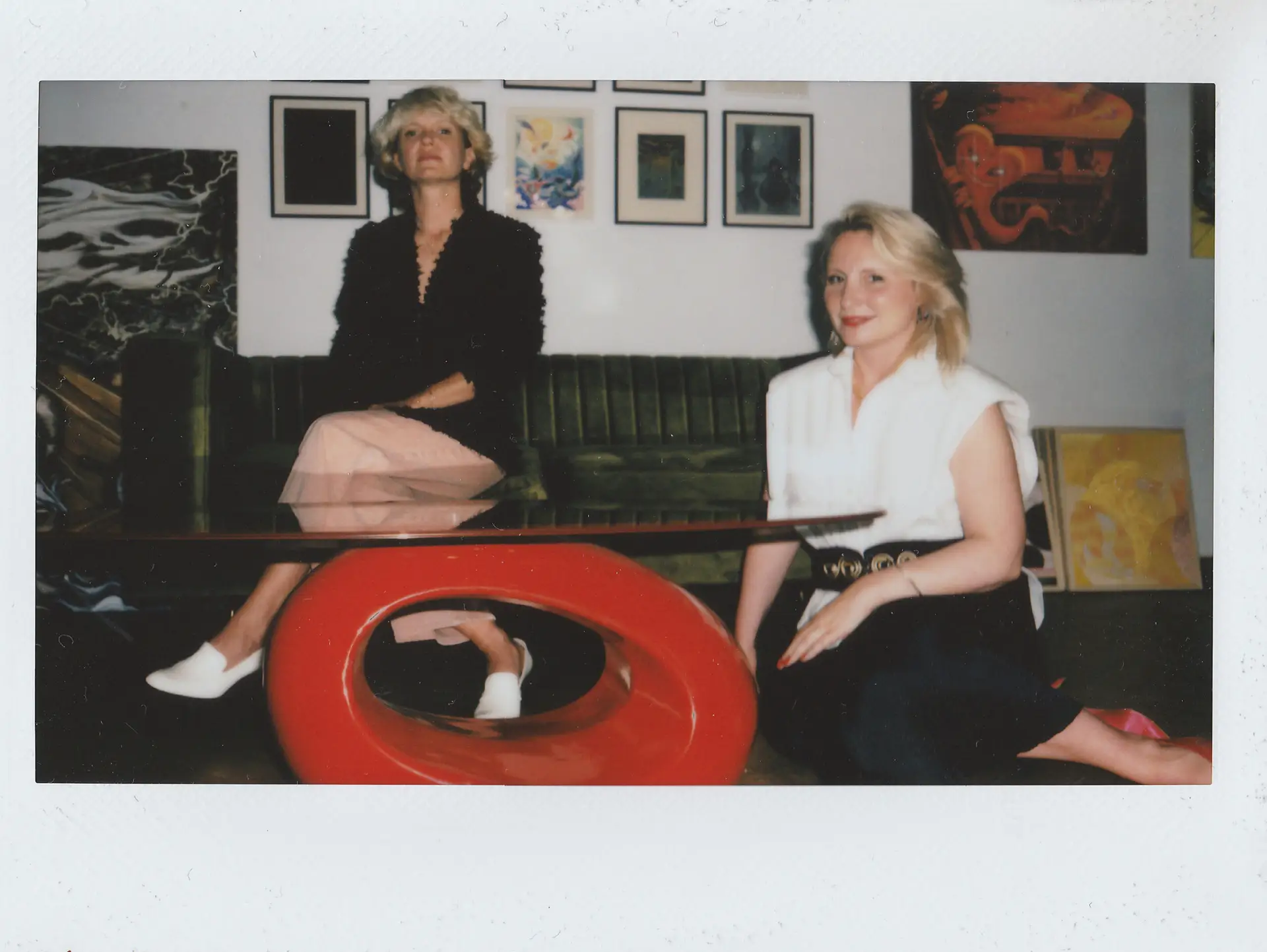They brainstormed in the Croatian bushes, launched their first show with borrowed money, and dragged ladders through museums before breakfast. What started as a rebellion against the art world’s stiff white walls has grown into one of Poland’s unconventional—and unapologetically bold—art spaces. Welcome to the Polana Institute: part punk, part poetry, all heart.
– An interview with Justyna Wesołowska and Marika Zamojska, co-founders of Polana Institute
How and when was the Polana Institute founded?
Justyna was a curator at public institutions, working simultaneously at Foksal Gallery and the Ujazdowski Castle Centre for Contemporary Art. Marika ran the Starter gallery, which was founded in 2007 and operated for several years in Poznań before she moved to Warsaw. We met through Marika’s brother, Honza Zamojski, whose exhibition Justyna curated at Foksal Gallery. We became close friends and began spending every summer vacation together in Croatia.
Marika was looking for new challenges and wanted to expand the gallery’s program to include non-profit projects. Initially, we considered launching a Polish edition of Creative Time. For two summers in Croatia, we would slip away from the group after breakfast and brainstorm in the bushes. The project gradually evolved, and we eventually decided to establish a non-profit institution together.
We spent the next year exploring options for public funding, but the process left us exhausted. We decided to forget about public money and turn to sales instead. We gave ourselves a year to leave our existing jobs and build something new. Our first exhibition, Married to the Nature, opened in June 2017.
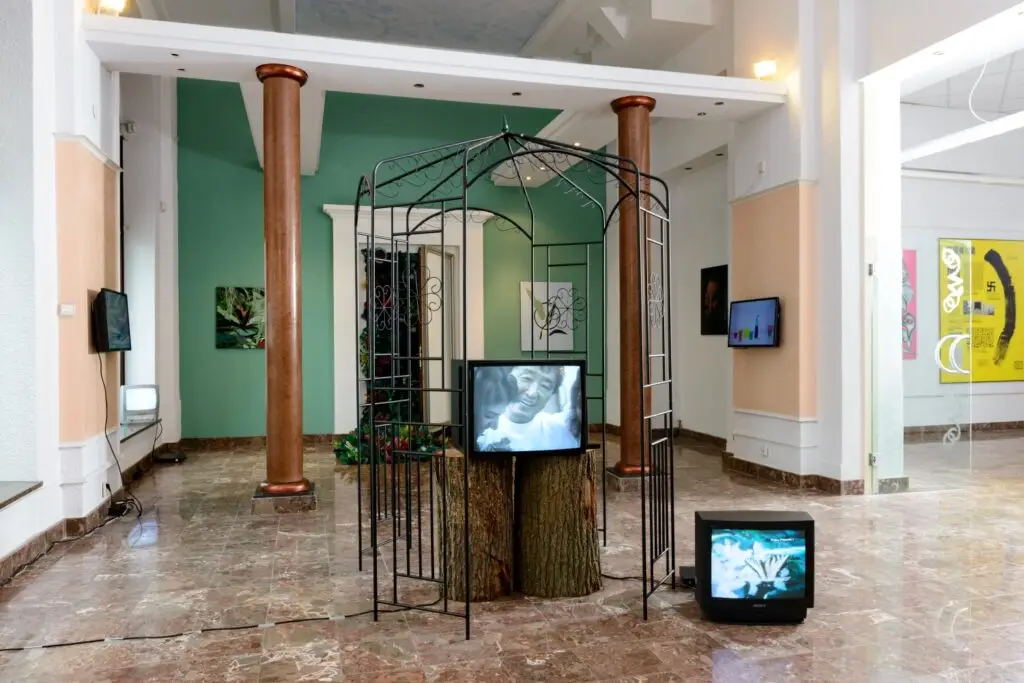
What gaps did you perceive in the Polish or international art scene that you wanted to address with Polana Institute?
We envisioned a gallery without white walls, without a fixed location – one that would host exhibitions in unexpected places and feature artists we had long admired. And that’s exactly what we set out to create. For our first exhibition, with support from Electronic Arts Intermix and The Film-Makers’ Cooperative, we were thrilled to include works by Nancy Holt and Kubota. Our second show took place at the Geological Museum in Warsaw. Shana Moulton and her gallery gave our unknown, fledgling initiative a chance to present her work. We exhibited Moulton’s video The States alongside mammoth bones.
We had no money. A collector lent us a thousand dollars to produce a film by Mikołaj Sobczak, which he shot together with Warsaw drag queens on the museum’s permanent exhibition floor, during regular opening hours. It proved to us that Polish institutions were more open to contemporary art than we had expected. We didn’t sell anything, but the exhibition was a success.
A year later, we rented a beautiful villa – an IT company’s headquarters – for another show. On Thursday, the staff packed up their workstations so we could begin installing the exhibition, which ran through the weekend. Alongside Polish artists, we showed some of our personal heroes: David Wojnarowicz, Dara Birnbaum, and Maya Deren. For the first time, international collectors came to see what we were doing.
In the years that followed, we organized group exhibitions at the Museum of the Earth, the University of Warsaw Museum, Nowy Teatr, and even in a barn in the countryside. Works by Polish artists appeared alongside pieces by Barbara Hammer, Ryan Trecartin, Martha Rosler, Joan Jonas, Tadeusz Kantor, Paweł Althamer, and Toiletpaper (Maurizio Cattelan and Pierpaolo Ferrari). We were really happy we could do that.
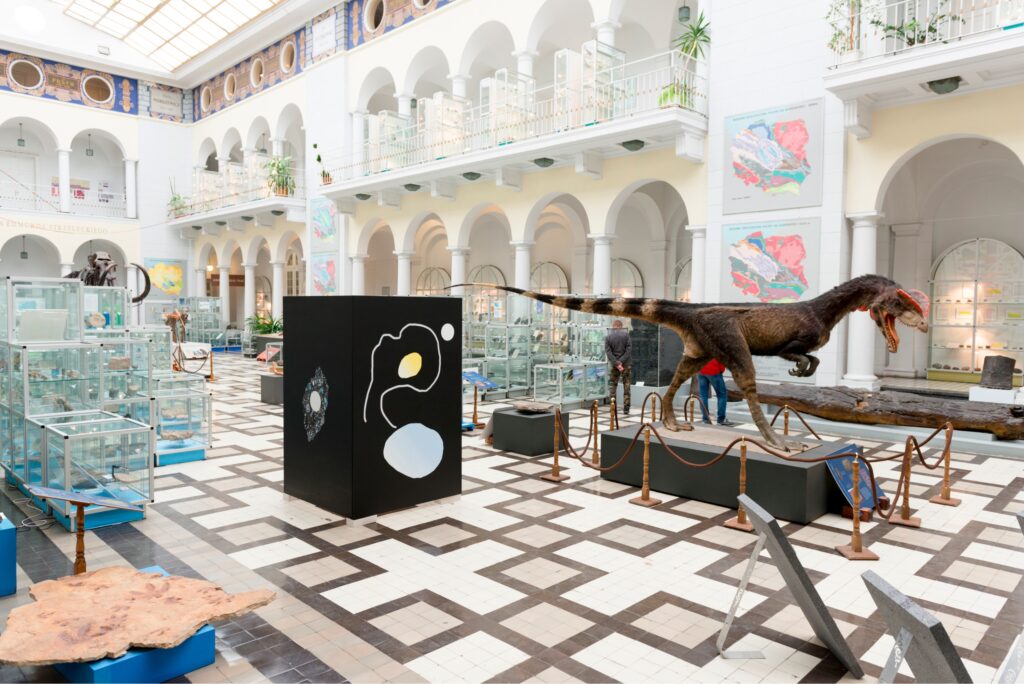
What challenges did you face in building the institution?
Building an institution from scratch with no budget is hard – everyone knows that. But in Poland, just a few years ago, starting from nothing was often the only viable path to survival, and sometimes the only way to succeed. When you have zero in your account, you can’t overspend or crash financially.
The greater challenge was choosing a non-traditional model. At first, collectors thought we were a public institution, not a private gallery. Our group shows drew large crowds, but no one was buying. Art fair directors looked for white walls and a permanent address. We had an office and a storage space, but our exhibitions were always held off-site.
Some in the art world dismissed us as not being a “real” gallery, insisted that we should stick to public funding, that we didn’t belong in the main program of Warsaw Gallery Weekend.
Today, we have a permanent location, and sometimes our spaces do resemble a white cube – but not because we gave in to pressure. After years of transporting drills, ladders, and artworks, of installing and dismantling exhibitions late at night, without a single penny of public funding – not having a permanent place became too exhausting.
It was exhilarating – but physically, mentally, and financially unsustainable. Our dreams evolved.
How was the Polana Institute received in its early years by the public and the art community?
It was a genuinely heartening and unexpected experience. From the very beginning, our group exhibitions drew between 1,000 and 2,000 visitors over a single weekend. We had the sense that we were reaching not only younger audiences but also older adults. People found out about us through word of mouth and city buzz, showing up in droves to catch the show before it closed. We’ve always wanted our visitors to feel welcome – like they were invited and eagerly awaited. The artists we work with truly understand that. Every exhibition, every artwork is accompanied by the artists’ own personal reflections in writing.
A small segment of the art world tried to mock our ambitions. The name itself – with the word “Institute” – along with our bold statements about nature as a metaphor for political and ideological engagement, were dismissed as overly grand. But the quality of work presented by the artists we collaborate with was indisputable. For two consecutive years, our artists won the ING Award for the best exhibition during Warsaw Gallery Weekend. Their work continues to be met with real enthusiasm. We feel like we’re exactly where we’re meant to be.
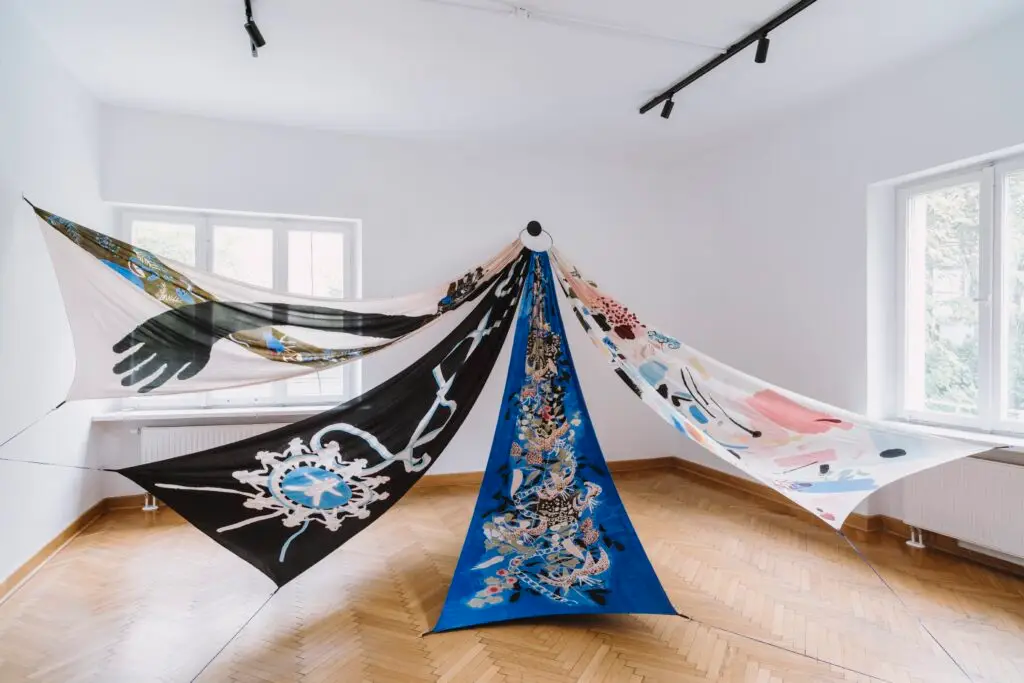
How would you describe the gallery’s profile and mission?
We’re committed to socially and politically engaged art – work that confronts uncomfortable, often overlooked issues. What we value most is close, collaborative relationships with artists. We’ve been lucky to work with some remarkably inspiring debuts.
Our focus is on the exhibition as a medium. For us, there are no “easier” or “harder” shows – each one is conceived with the potential to shift perspectives, even change the world. We’re not interested in the white cube format. We’re always looking for unconventional, unexpected spaces to present contemporary art.
When it comes to navigating the art world, we don’t pretend it’s a level playing field. Double standards still exist. At best, brilliant ideas from women are met with the same enthusiasm as decent ideas from men. We don’t tolerate mansplaining. Unfortunately, in 2025, that still counts as a mission.
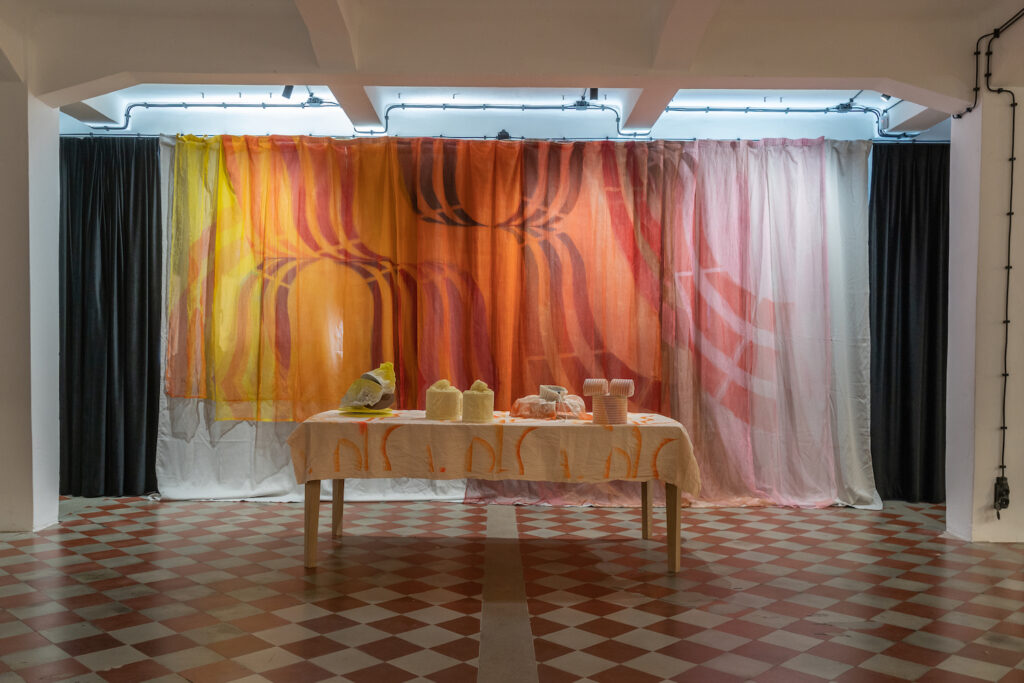
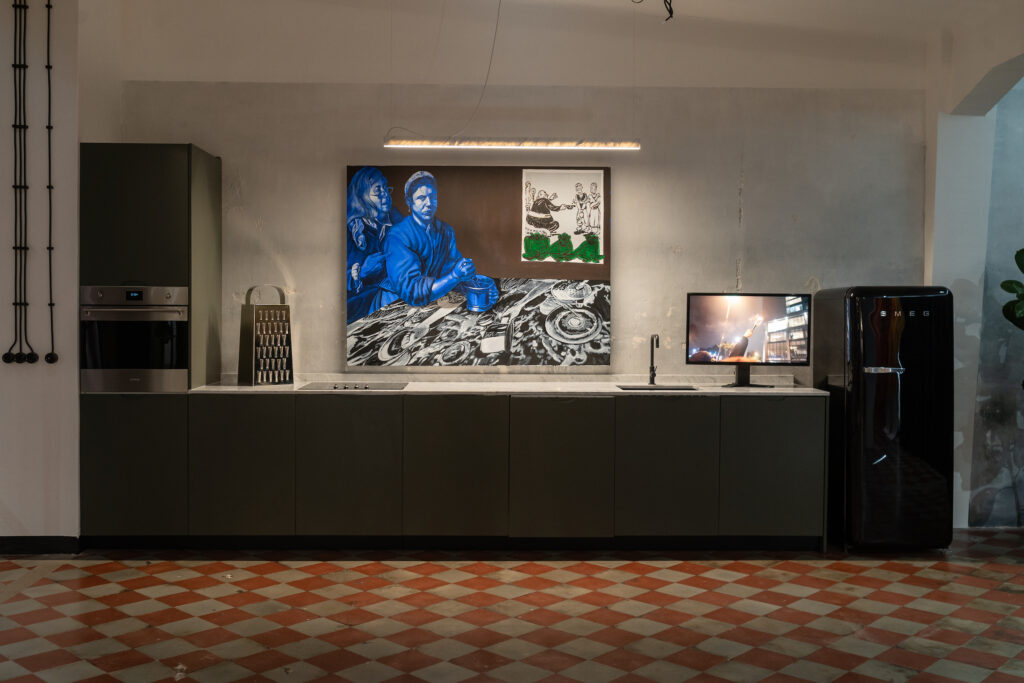
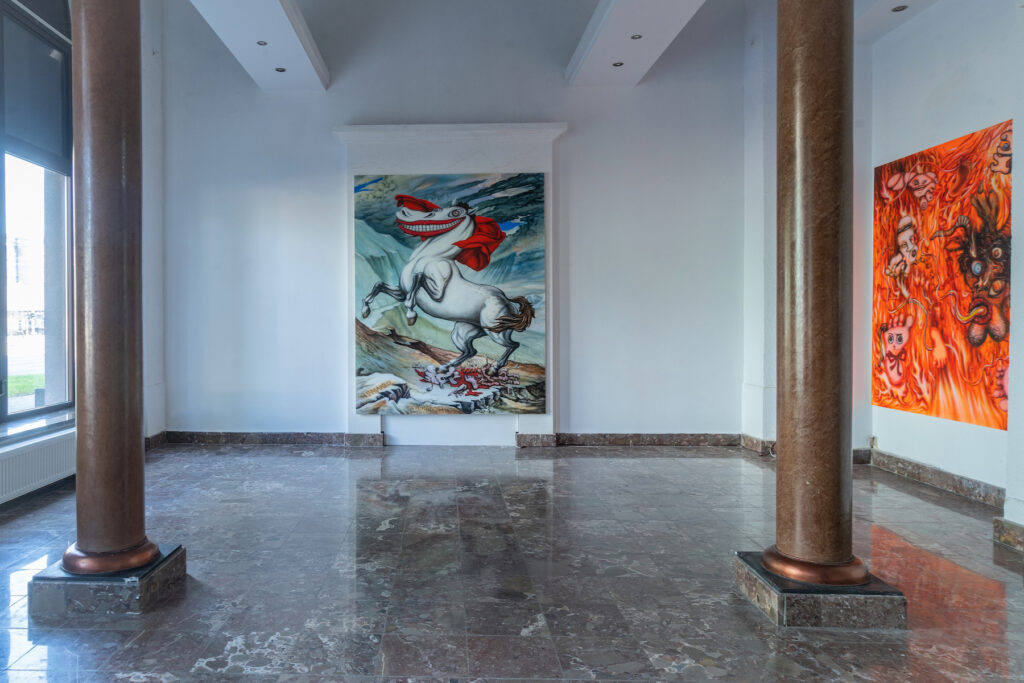
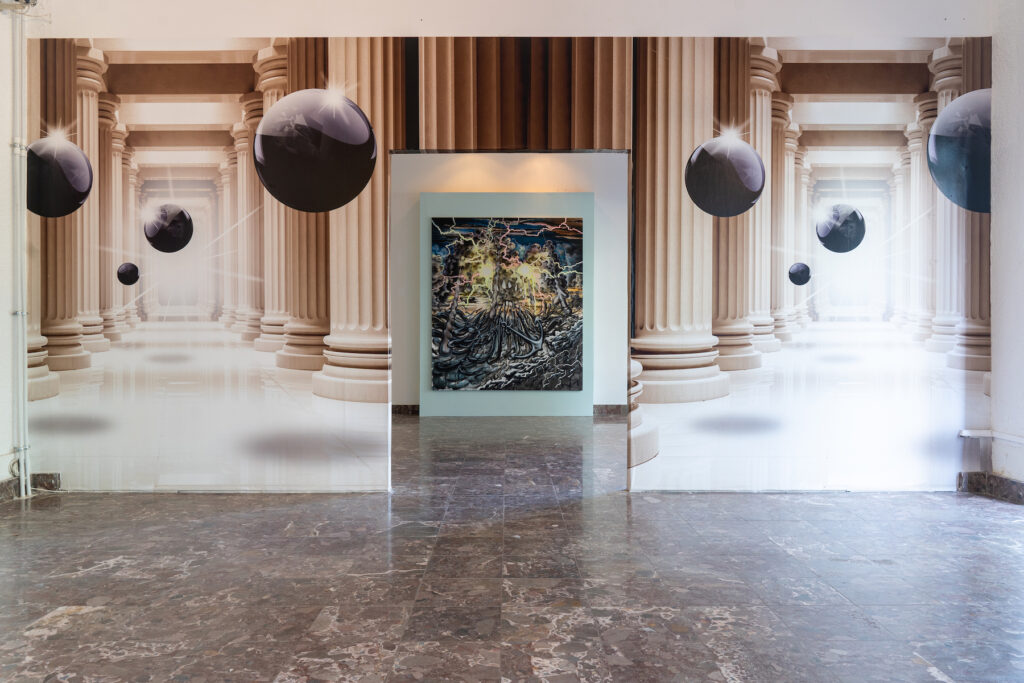
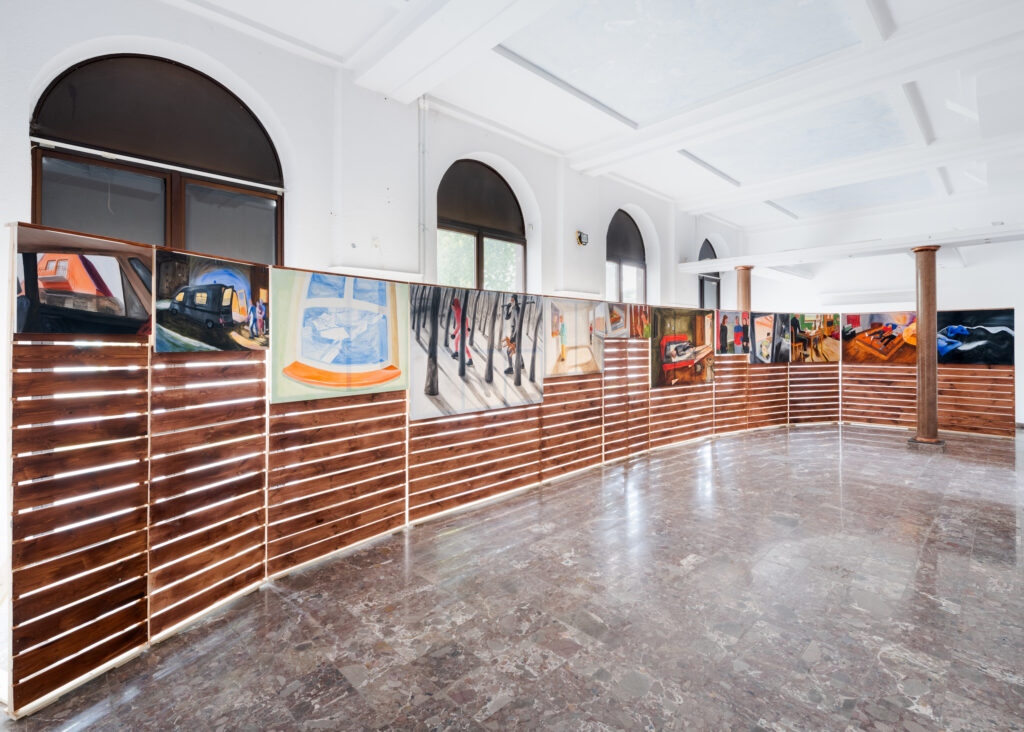
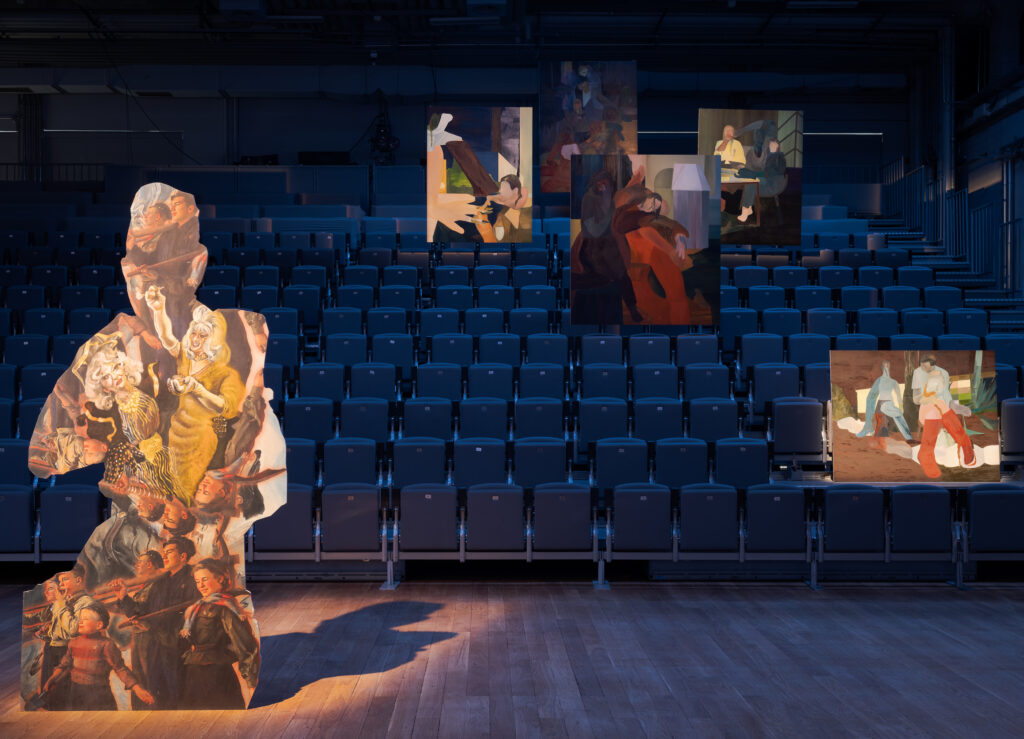
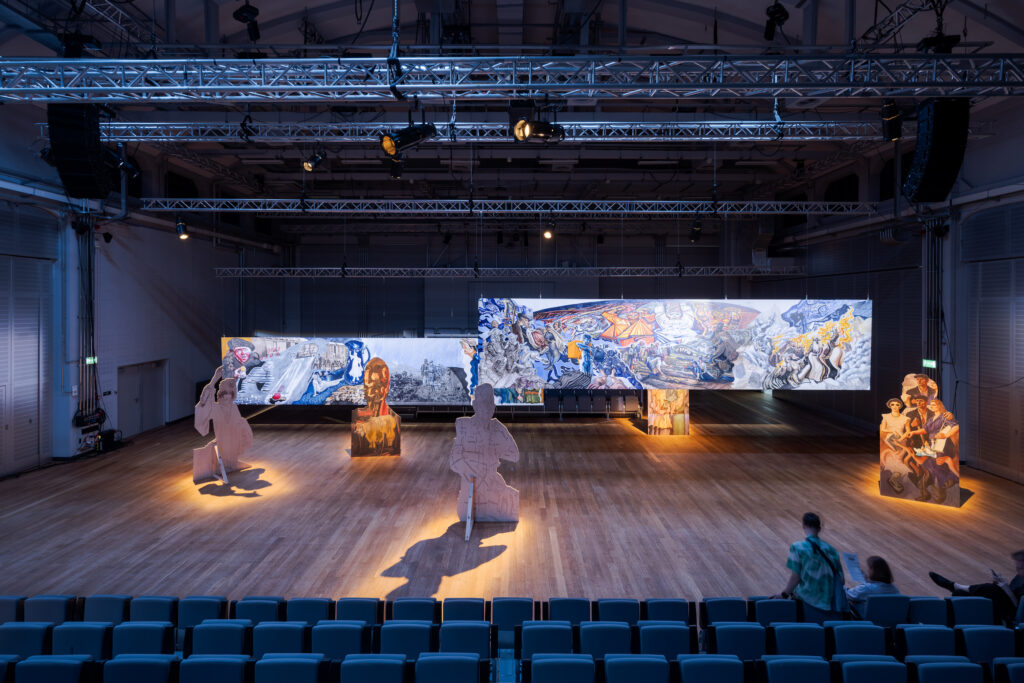
How do you select the artists you work with?
Like many other gallerists – we stay alert. We go on studio visits, keep an eye on social media, ask friends and fellow artists for recommendations, and carefully review submitted portfolios. We’re aligned in our expectations and drawn to the same kinds of work.
What role does the gallery play in education and research?
We see ourselves as craftswomen of the art world – sweeping, building, hauling, constantly on the move. From the beginning, we’ve been interested in broadening the audience for contemporary art by revealing the often-invisible labour behind our work. That’s why we launched the postgraduate program Art in Practice, which we ran for several years in collaboration with Collegium Civitas, a leading private university. Our goal was to engage a wide range of contemporary art practitioners: from the private and institutional sectors, to freelancers – art advisors, art book designers, critics, fashion designers. Our students included lawyers, business coaches, entrepreneurs, artists, and emerging curators who were thinking about founding their own spaces. After graduation, the community has continued to grow and self-organize. Many have become committed viewers and collectors.
In our educational work, we focus on the role of the viewer – creating situations where audiences feel welcomed, valued, and understood as an essential part of the process. For the fourth consecutive year, we’re co-organizing an art fair with Gunia Nowik Gallery and Hotel Warszawa in a five-star hotel – an iconic building in the city’s architectural and cultural fabric. The event attracts 10,000 visitors over three days, showing just how vital it is to keep reaching new generations and communities.
What special projects or events have you organized that you’re particularly proud of?
Pride isn’t exactly what we’re after. What drives us is excitement, joy, a sense of something taking shape, and the thrill of what might come next. We don’t have one favourite – we feel that way about most of what we do.
Do you have a dream project that you haven’t realized yet?
One of those dreams is an exhibition of Marc Camille Chaimowicz’s work. However, we haven’t even come close to making it happen.
How do you see the role of contemporary art in today’s society?
For us, that role remains unchanged. Without art, there is no freedom.
What advice would you give to young curators or aspiring gallery founders?
Ignore unsolicited advice – especially from self-important old men.
